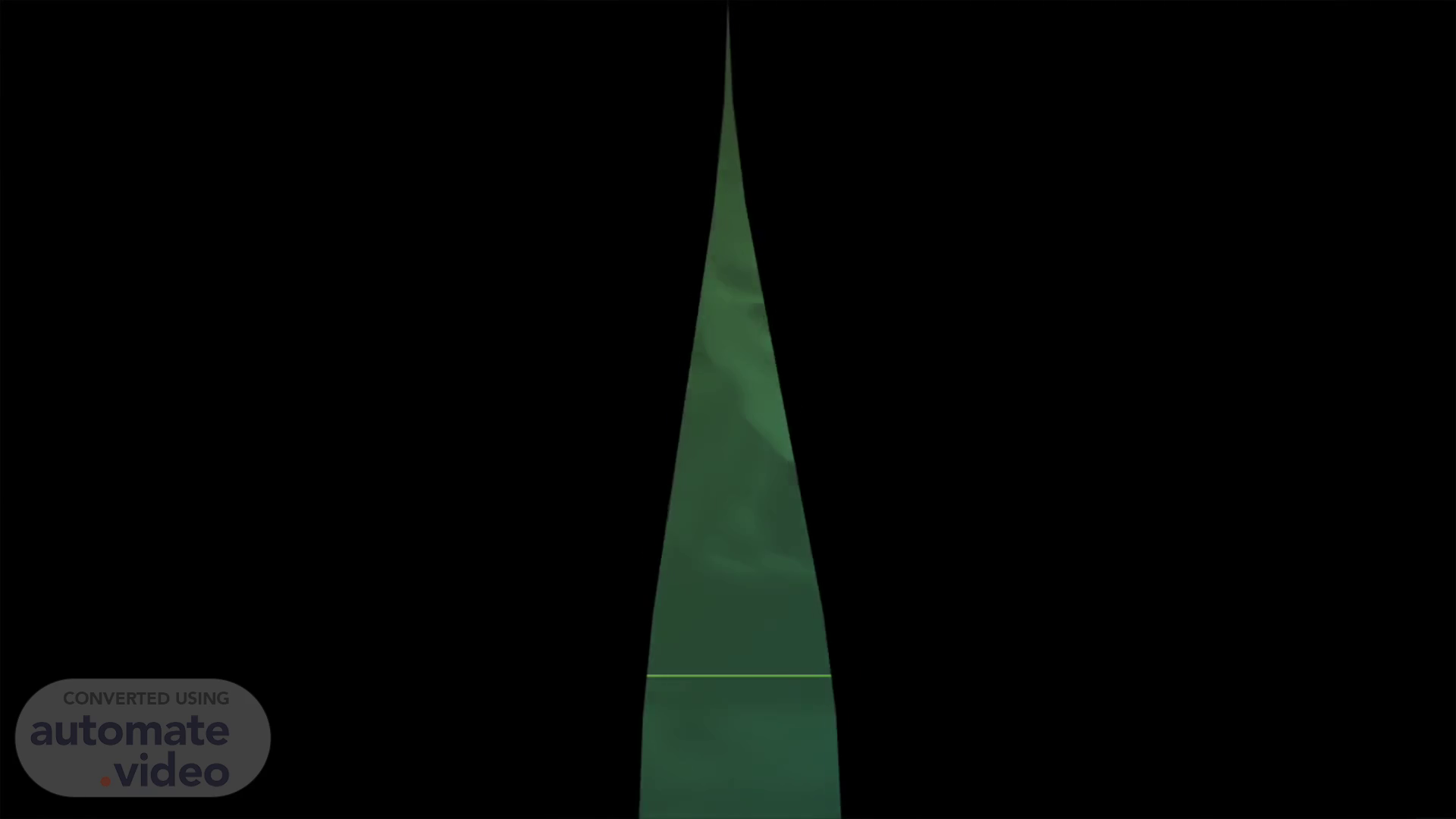
Page 1 (0s)
[Audio] Good morning everyone! Today I will be discussing the types of materials used in our everyday lives, as presented at the Butwal Public School by Tejas Khandelwal. Let's take a closer look at the materials and their uses..
Page 2 (32s)
[Audio] Acids are an important part of our daily life, ranging from vinegar to citric acid and even sulphuric acid. These compounds are used for various purposes, such as preserving food, where vinegar and citric acid are still used today; while sulphuric acid is the key ingredient in batteries, providing us with reliable energy sources..
Page 3 (54s)
[Audio] Acids are essential in our daily lives, both for natural and mineral sources. Natural acids, such as those found in pickles, lemons and bhogte are soft and edible, whereas mineral acids, which are produced from mineral substances, are non-edible and can even be harmful. Examples of these include hydrochloric acid and sulphuric acid. Though they have different properties, both are necessary in our lives..
Page 4 (1m 22s)
[Audio] Bases are extensively used in various materials of everyday life; from whitewash and baking industry to production of detergents. Noteworthy of their properties is their ability to neutralize acids and turn the red litmus to blue. It is significant to keep in mind that the pH level of bases is more than 7. Utilizing bases judiciously, can bring about a superior quality of life for many..
Page 5 (1m 51s)
[Audio] Indicators are compounds with the capacity to change color when exposed to a solution. Litmus paper, made from lichens, is able to turn distilled water to a purple color. Methyl orange is noted for its unique ability to turn both alkaline and neutral water yellow. Additionally, phenolphthalein is an organic compound with formula C20H14O4, which is used to differentiate between acids, bases and salts..
Page 6 (2m 20s)
[Audio] Litmus paper and Methyl orange are two important indicators used in day to day life. Litmus paper changes its colour on contact with an acid or base solution, while Methyl orange changes its colour from red to yellow on contact with an acid solution. Phenolphthalein is an indicator which remains colourless in an acidic solution but turns pink in a basic solution. These indicators can be used to determine the pH values of solutions." Today, I'm going to talk about two organic indicators used on a daily basis: Litmus and Methyl Orange. Litmus paper changes color depending on the pH of a solution - either an acid or a base. Methyl Orange also changes color from red to yellow when contacted with an acid solution. Lastly, Phenolphthalein is an indicator that remains colorless in an acidic solution but turns pink in a base solution. These indicators are useful in determining the pH of any given solution..
Page 7 (3m 25s)
Butwal Public School.
Page 8 (5m 1s)
[Audio] Salt is an incredibly versatile material, used for both culinary and practical purposes. For example, it adds flavor to food and also acts as a preservative to help food last longer. Beyond the kitchen, salt is also used in the production of glass. Through changing the viscosity, salt helps to make the glass stronger and more resilient. It is thus clear that salt is an incredibly important and useful material, offering an array of benefits to our lives..
Page 9 (5m 34s)
[Audio] A close up of a young person writing on a whiteboard is featured in this slide, a skill that is utilized in a variety of fields. Writing and communication proficiency is imperative in many scenarios, not only in the academic environment. These are necessary capabilities for our younger generations to possess. I want to express my appreciation for listening to this presentation which went over the materials used in the Butwal Public School's daily life..